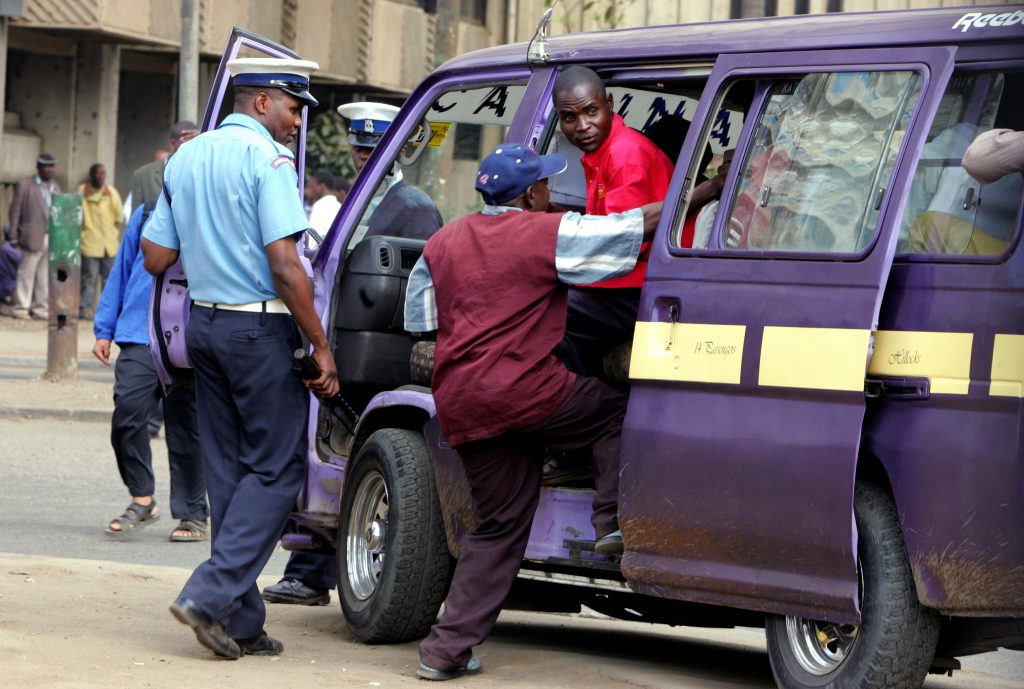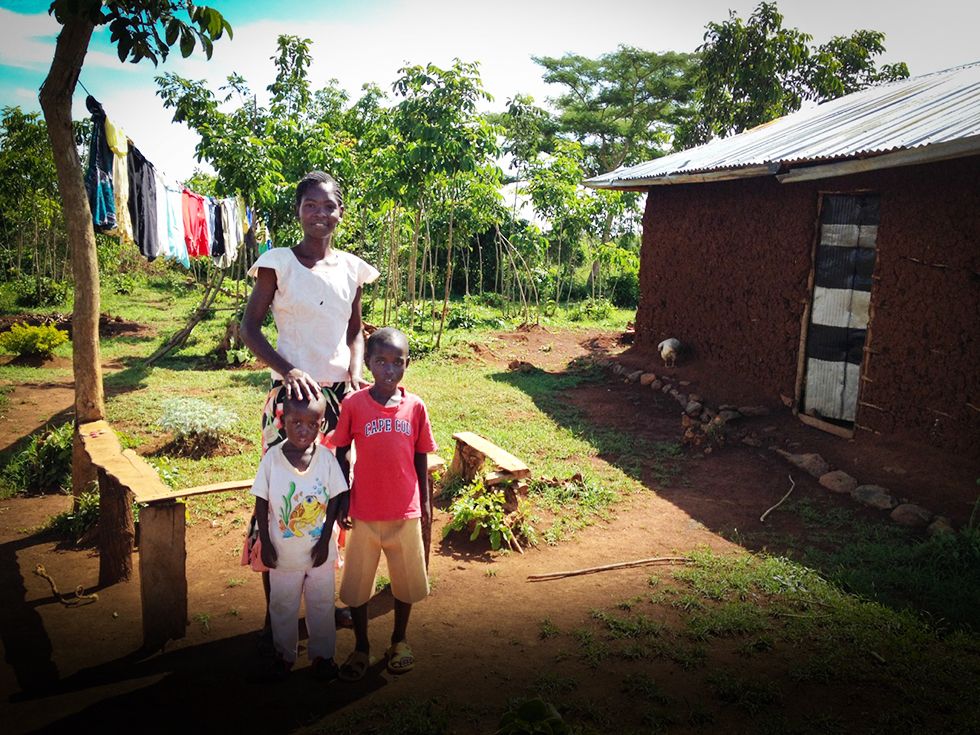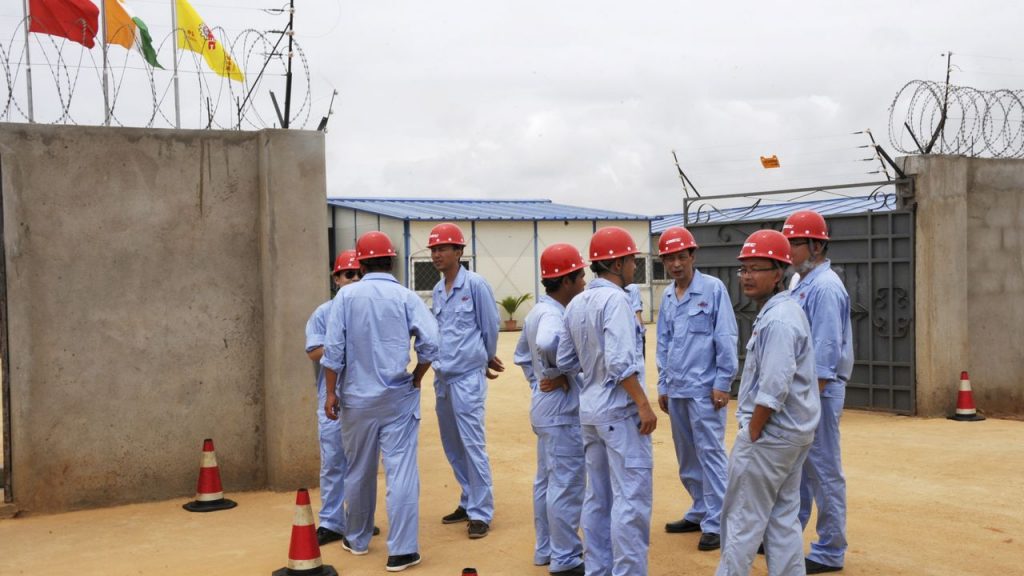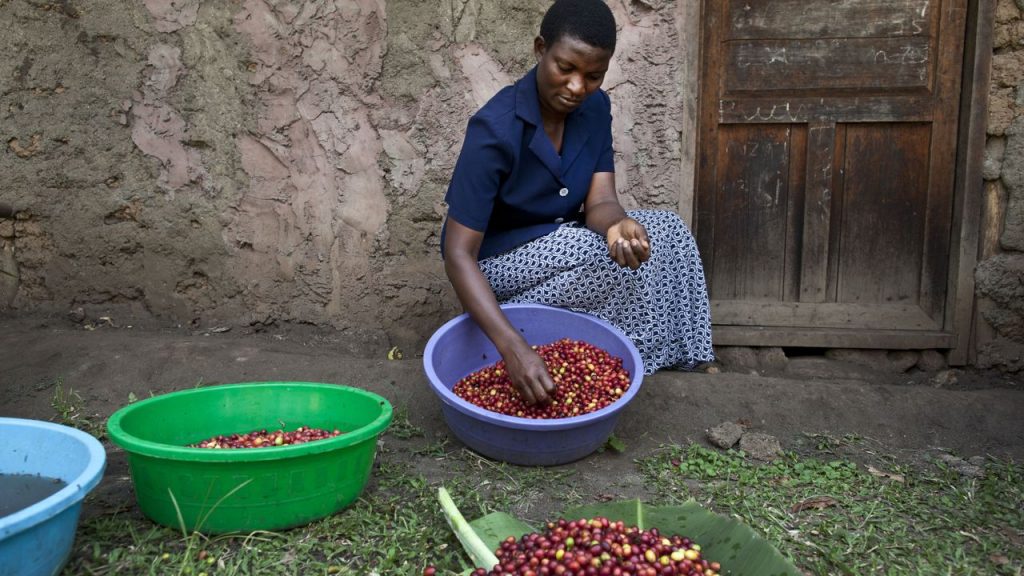
Trevor Snapp/Getty
For more than two centuries, The Old Farmer’s Almanac seemed to hold the answer to every crop grower’s questions, like when is the best time to plant onions (“as soon as the ground can be worked in the spring”) or harvest potatoes (“after 10 weeks, usually in early July”).
Agnes Mwaki prefers to use an app. After the 49-year-old banana farmer in Meru County, Kenya, recently switched to growing onions — a more profitable crop — she needed help determining when to transplant the seedlings and when to harvest. Through a government program that provides her with a smartphone, Mwaki now uses WhatsApp to send a photo of her onions each week to an agronomist. “When I spot a problem, I just take a photo and send it to the agricultural officer, and she describes the drug [I’m] supposed to use and I buy it,” says Mwaki.
In recent years a growing group of mobile apps has moved in with access to real-time advice and market intelligence, and the latest of that technology is originating where this kind of data is increasingly vital: Africa.
Read the full story at OZY.










